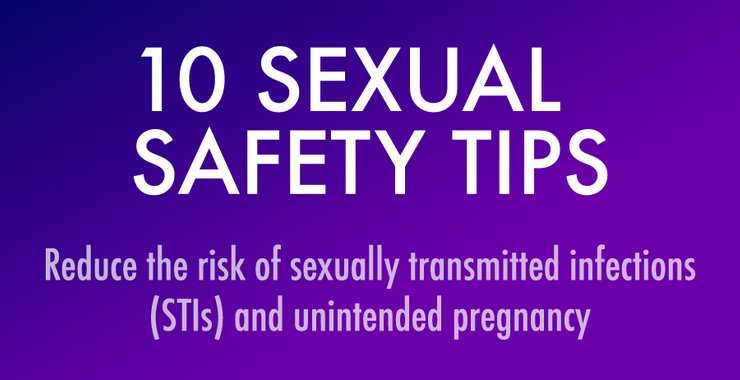COVID-19 AND PATIENT SAFETY
Project Access Foundation, Inc. (PAF) takes prides in providing high quality health care in the safest possible environment for our patients and staff. Since the outbreak of COVID-19 we have put in place several protective measures to ensure safety. We want you to know how we will keep you safe in all our locations.
PAF follows all guidelines from the Centers for Disease Control and Prevention (CDC), Occupational Safety and Health Administration (OSHA), and the Florida Department of Health (DOH) for operating medical facilities. PAF monitors the CDC, OSHA, and DOH for any change in guidelines and regularly makes adjustment to comply with them.
By following some simple precautions, everyone can help to slow the spread of the coronavirus which causes COVID-19:
1. Social distancing (or more accurately, physical distancing) is key to help prevent the spread of SARS-CoV-2, the virus that causes Covid-19. When a person coughs and/or sneezes, droplets are airborne which may cause the transmission of the virus. You will see changes at our facilities as patients and staff practice physical distancing.
- PAF has installed plexiglass barriers at the front desk reception to separate staff and patients.
- Posters reminding everyone to 'maintain distance' and floor signs and floor tapes have been placed in waiting rooms to ensure staff and patients maintain 6 feet of distance.
- PAF has limited the number of people onsite at one time. All visitors must first receive approval prior to entering any of our sites.
- We have rearranged the waiting areas to create physical distancing
2. Wearing a mask can prevent transmission of the virus to others. It is possible to be infected with the coronavirus yet not show any symptoms, so wearing a mask is very important.
- All PAF staff are required to wear a mask.
- Patients are required to wear a mask or cloth face covering to enter any PAF locations. A mask will be provided to any patient who needs one. Please always remember to have your mask cover your nose and mouth, and do not remove it unless asked to do so by your provider.
3. Frequent handwashing with soap and water, for 20 seconds at a time, is one of the most effective preventive measures against the spread of the virus.
- No-touch waste receptacles are available in waiting rooms to discard paper towels, masks, or tissue paper.
- Alcohol-based hand sanitizers are readily available for staff and patients throughout our locations.
4. COVID-19 has required making additional changes to the way we work to ensure the safety of all patients and staff:
